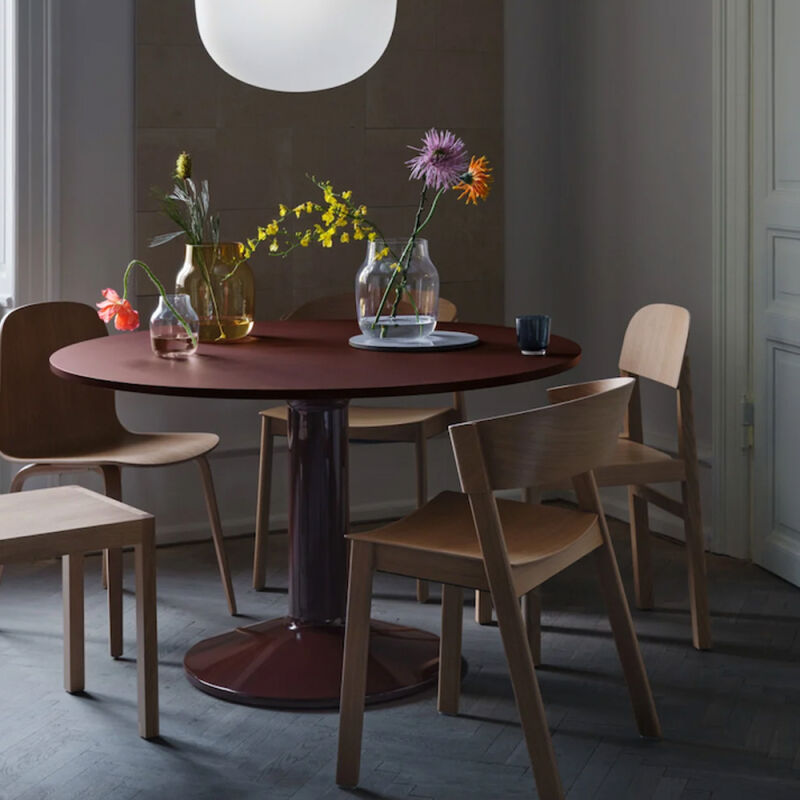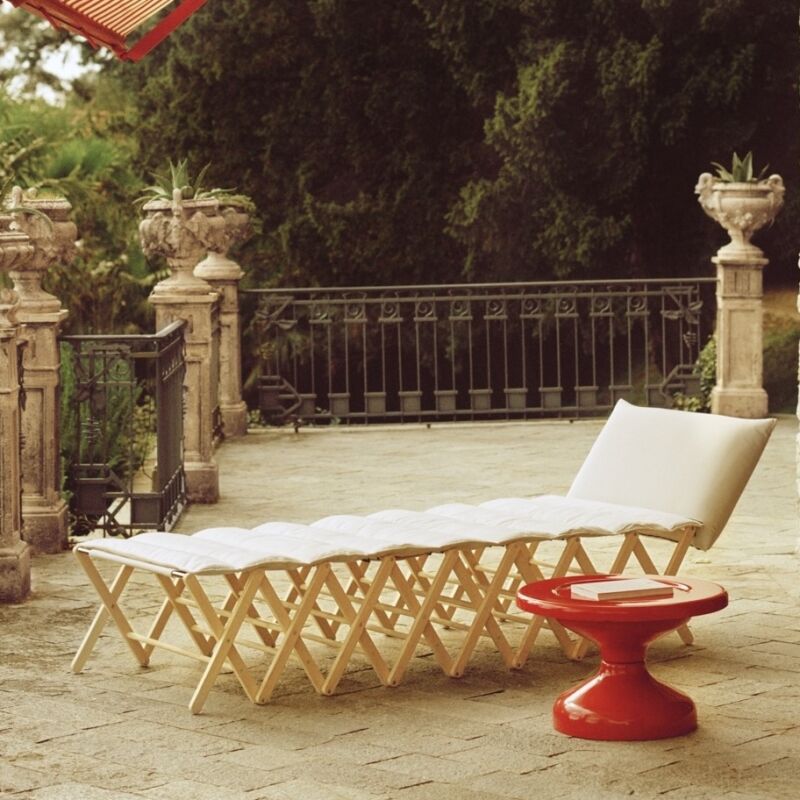A few weeks back, sitting around Julie’s dining room table in Brooklyn Heights, a few of us got to talking about sleuthing out the styles of furniture in our posts. We admit it: despite writing about design every day, there are still a few things that confuse us. For example: How can you tell the difference between, say, Louis XV and Louis XVI furniture? And what exactly does the term “modern” refer to?
Enter Christophe Pourny, the renowned Brooklyn-based restoration expert who’s written the book on the subject: The Furniture Bible: Everything You Need to Know to Identify, Restore, and Care for Furniture, who seemed like the perfect person to teach us a thing or two. The first lesson: furniture styles fall into three very broad time periods: pre-Renaissance, classic, and 20th century. This week we’re starting with a primer on pre-Renaissance styles (and how to know them when you see them); stay tuned for our lessons on classic and 20th century.
A Quick Guide to Pre-Renaissance Furniture

Main styles:
“Most everything predating Baroque and 17th-century furniture is generally thrown in this bag: Medieval, Tudor, Gothic, etc.,” says Pourny.

Iconic look:
“Think dark oak, heavy shapes and carvings, rough joinery, solid wood,” says Pourny. Or: “To speak TV language: Game of Thrones and The Tudors.”

Iconic pieces:
“Think refectory tables, benches, and stools,” says Pourny; or things that wouldn’t be out of place in a dark banquet hall.

Where to find it:
“It’s not really a problem not to be an expert at differentiating precisely, since most of the pieces you will find from pre-1600 are reproductions, made as late as the early twentieth century, when those styles were back in fashion for a while,” Pourny advises. Nevertheless, they’re worth sleuthing out: “Pieces are usually found ‘as is’ in flea markets and estate sales. Therefore they are usually a bargain, made of great wood, and you should not hesitate to play with them.” (Alternatively, go for one of the new, modern-made styles that takes primitive furniture as inspiration; see Trend Alert: Modern Primitive Furniture for a few of our favorites.)

How to use it:
Pourny’s favorite way to use early furniture: “A great look is too strip the dark woods, bleach them (which works wonders with oak), and leave them with a simple wax finish or a whitewash. It’s perfect for weekend houses, or in the city to marry with modern art or furniture for a great statement and contrast.”
More on medieval and primitive style:
- Trend Alert: Modern Primitive Furniture
- Common Parts: A Spirited Line of Furniture from Sue Skeen and the New Craftsmen
- The Gothic Getaway, NYC Edition
N.B.: Cover image from At Home with London’s Antiques Whisperer.




Have a Question or Comment About This Post?
Join the conversation (2)